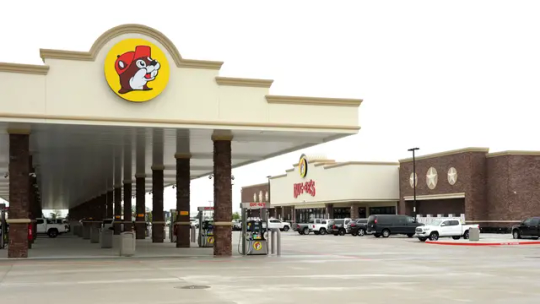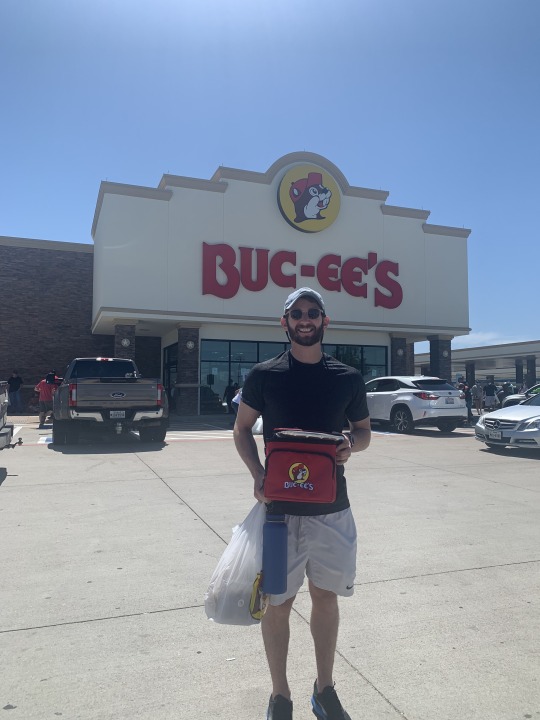Text
A nutty journey to predicting diffusion
The HBS Case "Four Products: Predicting Diffusion" emphasizes the unpredictability of market success for new innovations and the importance of considering factors such as: consumer habits, perceived value, and the readiness of the market to adopt new technologies.
How can we successfully analyze radically innovative or "new to the world" products, understand their market potential, and learn to identify the key factors that could make a new product successful or unsuccessful?
Perhaps we can incorporate what we learned in the last class with the data toolkit. If we were to consider the case's example of Sliced PB, we may think about how the data toolkit can help us:
Ethnography -- when I think about what's taken for granted in the customer journey when it comes to peanut butter, I think people take for granted the smooth glossy gooey texture of peanut butter. While gooey-ness is something that will be difficult to achieve in a PB slice, perhaps when making the slice, we ensure it's as glossy as possible, and even perhaps appears to have some grooves in it like the knife grooves that might appear when you spread peanut butter yourself.
Netnography -- to analyze people's sentiments, perhaps we can start to post PB slice product pictures on Reddit and Twitter to start to gage audiences reactions to a product like this.
Interviews -- perhaps we try to interview people who leave grocery stores, asking them if they are peanut butter users and if so, would they be interested in peanut butter slices? If they are interested, what factors would be important to them when buying PB slices? Ingredients quality? Size or thickness of the slice? Color? Texture?
Focus groups -- I would be hesitant to use focus groups for fear of peer pressure in the room, if one person finds the product "disgusting" or "not classy" would they affect the opinion of someone who could be a potential buyer.
Surveys -- Surveys are a great option to couple with the live interviews. By utilizing consumer surveys, we can understand how consumers currently and historically have consumed peanut butter. In what settings? How is it consumed? What are the most common ways you eat it? This will helps us learn if sliced PB can truly be a viable substitute.
Experiments -- for this method, I would want to see if having slices of a food (i.e. cheese or meat) increase a consumer's consumption of said food category? This would be great to get some causal evidence to back up PB slice's theory.
While there may be a long road to knowing if PB slices are a viable "new to the world" product, there are many tools available that could get us closer to the answer.

0 notes
Text
Quality Cues from a Gas Station Bathroom
Wine as a quality cue for food? What about a gas station bathroom?
The same way that wine perceived to be "good quality" can extend its quality image to the companion food and create a better overall consumption experience, a southern gas station was able to achieve the same effect... but with their bathrooms.
Buc-ees, a southern chain of gas stations, quickly rose to fame due to its extremely clean and large bathrooms. Given the importance of bathrooms to anyone roadtripping through Texas (reminder, it takes 12 hours to drive across the state), the positive bathroom experience led consumers loving the Buc-ees brand, and by extension -- all Buc-ees branded items.
Now, Buc-ees gas stations are more like mid-sized supermarkets -- lined with aisles of Buc-ee branded items. And everytime I've stopped in, items are flying off the shelves.
When I last visited a Buc-ees, I took my New York born and raised husband (then boyfriend) for his first time. Without giving him any of the Buc-ees context I posessed as a born and raised Texan, I let him experience it with fresh eyes. After using the restroom (which he quickly mentioned was very clean and so efficient given the number of available stalls) he quickly turned his attention to the aisles of Buc-ees products that lined the store. Before long, his arms were piled high with Buc-ees snacks -- bags of jerky, sour candy, roasted nuts. He was heading over to the hot food counters before I had to intercept, urging him to let us continue our long drive down to Austin. While slightly upset his Buc-ees experience was coming to a close, he made sure to snag a Buc-ees branded cooler so he had something permanent to remind him of his new favorite gas station (picture evidence below).
In summary, the quality of something as mundane as a bathroom can be just as powerful of a branding cue as a glass of French wine. As a result, I challenge us to think about other less obvious and likely "less sexy" environmental aspects that could serve as potentially powerful brand quality cues.



3 notes
·
View notes
Text
Reaction #2
The HBR article, "Using Customer Journey Maps to Improve Customer Experience" reminds me a lot of our previous class discussion on packaging. When we first hear of packaging, we immediately think of the physical packaging of a product, i.e. the box that a product arrives in. However, packaging really involves a lot of the customers journey beyond just the physical packaging the product arrives in.
For software, for example, I believe the packaging of the product includes various parts of the customer journey that are key to influencing a successful brand. When you go to download the software, how many clicks does the customer have to make in order to begin the download process? Is the customer journey between the point the customer decides they want to download the software to the actual downloading of the software a positive, user-friendly and intuitive experience?
When the customer first goes to open the software -- what is the first thing they see before they start to engage and utilize the product itself. In a way, that first thing the customer sees could be considered packaging. Are we continuing to keep the customer's attention once they open the software for the first time even before they've started to engage with the product?
By breaking down the customer journey for not just physical product experiences but digital product experiences as well, we can lay out all the customer interaction points before looking for areas of improvement or holes along the chain. More interestingly, and the point I'm ultimately trying to make, is that we can identify all the various parts of the journey that should be considered part of the packaging versus part of the product (2 of the 5 Ps). By doing this, we are able to strategically develop more effective packaging vs product branding strategies.
0 notes
Text
Reaction #1
Heineken brand goals: Heineken's ads are aiming to be sophisticated, cool and "slick". By showing Heineken at elite/posh gatherings and trendy/cool bars, Heineken is creating the highbrow / elite image that they want their brand to be associated with. Through their advertising, Heineken is giving a city / cosmopolitan / refined / sophisticated vibe. Perhaps it's a beer that's consumed by individuals who are more well-traveled, worldly, and well-spoken. Heineken wants to give the vibe that it's a more "elite", or "premium" beer.
Corona brand goals: Versus Corona's brand is aiming to be better suited for someone who enjoys vacation, relaxation, and time in the sun or on the beach. They do this through their beach-y / tropical ads. They're aligning Corona with that of vacations -- something to drink to help you relax and enjoy your time off. Given that a lime wedge is part of its identity as well, it makes the beer seem great for tropical places and perfect for warm weather -- giving it the sense that it's a good beer for people who want to chill and relax. Since it's good for the beach, it also means it's more of a "dressed down" beer -- good for casual occasions, where dressing up and sophistication aren't the main concerns.
Who did it better: Corona has more successfully met their brand goals than Heineken. Corona is commonly consumed at the exact kind of gatherings their brand aims to associate with. Whereas Heineken has missed their mark. By over-saturating the market with their product and branding, they've done the opposite effect they were trying to achieve. They're not an exclusive brand because anyone can get it, and exclusivity is typically something that people who want to appear to be sophisticated strive to be associated with. In addition, the lower price of Heineken indicates lower quality -- something else that sophisticated individuals don't want to be associated with. They likely prefer brands that are exclusive, and known for good quality and represent good taste. As such, one brand has achieved their branding goals more successfully than the other.
1 note
·
View note